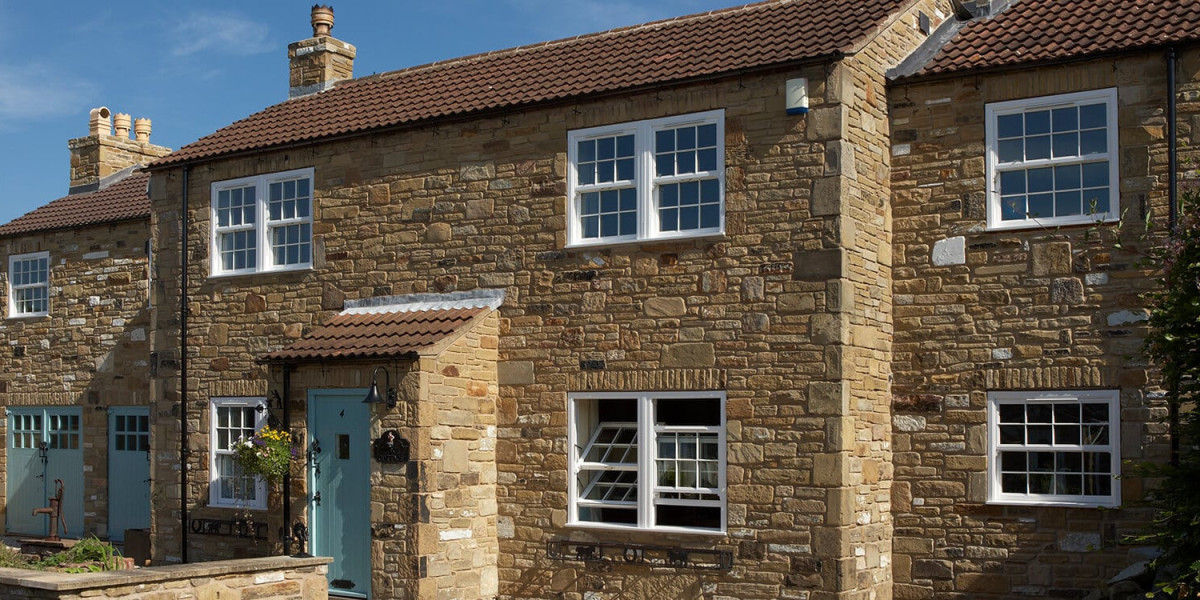Double glazing, a method of insulating windows by using two panes of glass separated by a space filled with air or gas, has gained significant attention in the realm of energy efficiency and architectural design. This technology not only enhances the thermal performance of buildings but also contributes to noise reduction, condensation control, and overall comfort for occupants. In this article, we will explore the principles behind double glazing, its benefits, types, and its role in sustainable building practices.
The Science Behind Double Glazing
The fundamental principle of double glazing lies in its ability to create an insulating barrier. When two panes of glass are separated by a spacer, a layer of air or an inert gas such as argon or krypton is trapped between them. This layer acts as an insulator, reducing the transfer of heat between the interior and exterior of a building. The thermal performance of double glazing is measured by its U-value, which indicates the rate of heat transfer; lower U-values signify better insulation.

In cold climates, double glazing helps retain heat within a building, while in warmer climates, it reflects heat away from the interior. The use of low-emissivity (Low-E) coatings on the glass can further enhance energy efficiency by reflecting infrared radiation while allowing visible light to pass through. This technology reduces heat loss in winter and minimizes heat gain during summer, contributing to a more stable indoor temperature.
Benefits of Double Glazing
- Energy Efficiency: One of the most significant advantages of double glazing is its contribution to energy efficiency. Buildings with double-glazed windows require less energy for heating and cooling, leading to lower utility bills and a reduced carbon footprint. According to studies, double glazing can reduce heat loss by up to 50% compared to single-pane windows.
- Noise Reduction: Double glazing also provides excellent sound insulation. The air or gas layer between the glass panes acts as a barrier to sound waves, making it an ideal choice for homes or buildings located in noisy environments. This feature enhances the comfort of occupants by creating a quieter indoor atmosphere.
- Condensation Control: Condensation on windows can lead to mold growth and damage to building materials. Double glazing minimizes the risk of condensation by maintaining a warmer interior surface temperature. This is particularly beneficial in humid climates or areas prone to high moisture levels.
- Increased Property Value: Installing double glazing can enhance the overall value of a property. Potential buyers often view energy-efficient features as desirable, making double-glazed homes more attractive in the real estate market.
- UV Protection: Double glazing can also provide protection against harmful ultraviolet (UV) rays. The glass can be treated to block a significant percentage of UV radiation, which helps to protect furniture, flooring, and artwork from fading.
Types of Double Glazing
Double glazing comes in various forms, each designed to meet specific needs and preferences. The most common types include:
- Standard Double Glazing: This is the most widely used form, consisting of two panes of glass separated by a spacer bar. The space between the panes is typically filled with air or argon gas.
- Triple Glazing: For areas with extreme temperatures, triple glazing adds an additional pane of glass, providing even better insulation. This option is more expensive but can offer superior energy efficiency.
- Secondary Glazing: This involves adding a second pane of glass to existing single-glazed windows. It is a cost-effective solution for improving insulation without replacing the entire window.
- Acoustic Glazing: Designed specifically for noise reduction, acoustic glazing incorporates specialized materials and design features to minimize sound transmission.
- Self-Cleaning Glass: Some double-glazed units feature a self-cleaning coating that uses sunlight to break down dirt and grime, making maintenance easier.
Installation and Considerations
The effectiveness of double glazing largely depends on proper installation. Poorly installed windows can lead to air leaks, reducing their insulating properties. It is crucial to engage qualified professionals for the installation process to ensure a tight seal and optimal performance.
When selecting double glazing, factors such as frame material, spacer bar design, and the type of gas used between the panes should be considered. Common frame materials include uPVC, aluminum, https://clean.uk.com and timber, each offering different aesthetic and performance characteristics. The choice of spacer bar can also impact thermal performance, with warm edge spacers being more effective at reducing heat transfer.
Environmental Impact and Sustainability
As the world moves towards more sustainable building practices, double glazing plays a vital role in reducing energy consumption and greenhouse gas emissions. By improving the thermal efficiency of buildings, double glazing contributes to the overall sustainability of the construction industry. Additionally, many manufacturers are now focusing on producing eco-friendly materials and processes, further enhancing the environmental benefits of double glazing.
Incorporating double glazing into building designs aligns with global efforts to combat climate change and promote energy conservation. Governments and organizations are increasingly offering incentives for energy-efficient upgrades, making double glazing a financially viable option for homeowners and builders alike.
Conclusion
Double glazing represents a significant advancement in window technology, offering numerous benefits that enhance the comfort, efficiency, and sustainability of modern buildings. As energy costs continue to rise and environmental concerns become more pressing, the demand for double-glazed windows is likely to increase. By understanding the principles and advantages of double glazing, homeowners, architects, and builders can make informed decisions that contribute to a more energy-efficient and comfortable living environment. The future of architecture lies in embracing technologies like double glazing that prioritize sustainability, comfort, and aesthetic appeal.







